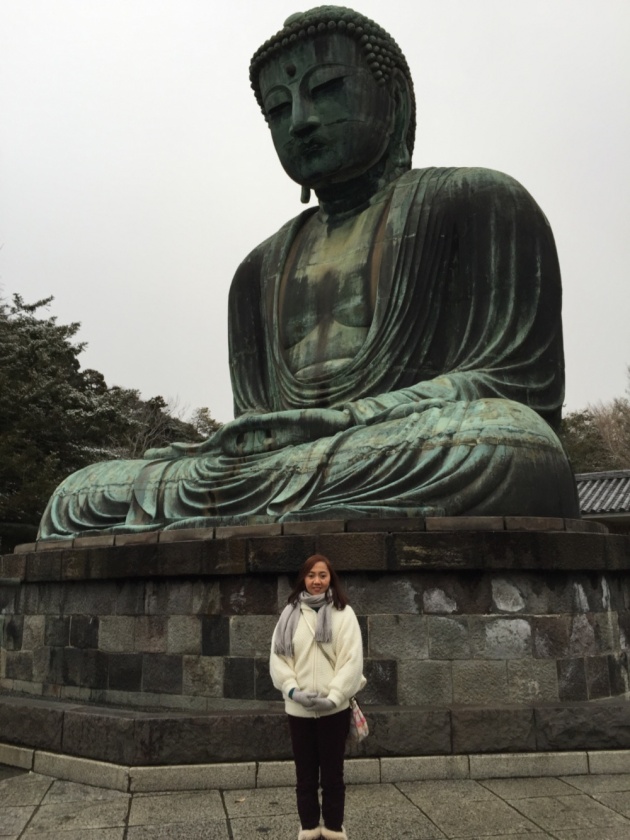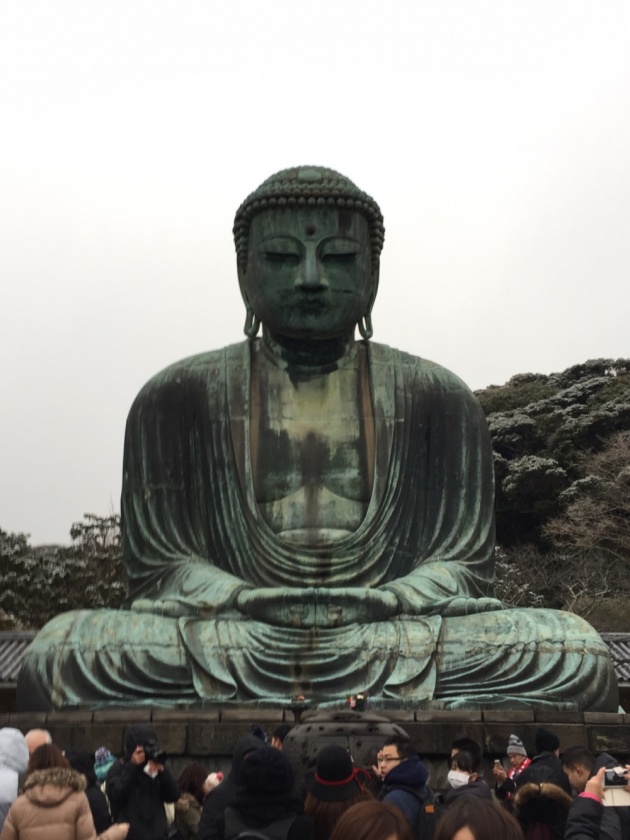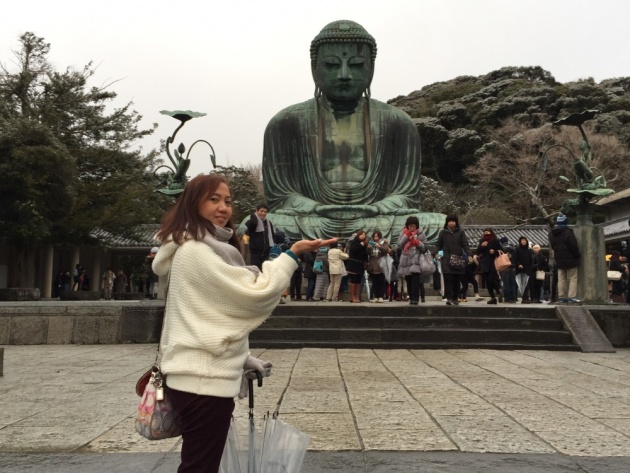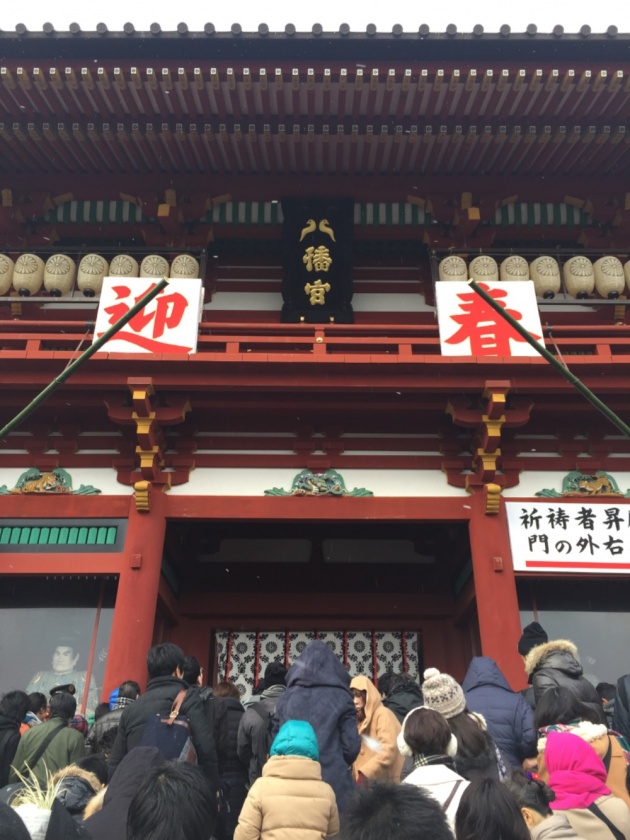Kamakura is an ancient city that has produced its own, original culture. Once it was a political capital along with Nara and Kyoto, and also the birthplace of Japan's first military government, the "Kamakura Bakufu." Warrior Minamoto no Yoritomo was appointed as Seii-Taishogun (shogun) by the Imperial court in 1192 and established the Kamakura Bakufu government, which is the first military government in Japan, whereas previously the Imperial court in Kyotoheld power.
After Yoritomo's death, the Hojo clan governed this area. Trade with the Sung and Yuan dynasties of China prospered in the 13th century and a various aspects of Chinese culture, including Zen (Buddhism), Zen-style architecture, Buddhist statures, and Chinese lacquer ware, were imported. The Kamakura Bakufu ended in 1333. But the military culture of that era, in which the simple and strong spirit of warriors, traditional aristocratic culture, and Chinese Sung and Yuan culture were blended, has continued to greatly influence Japanese society down to the present day.
Kamakura began flourishing as a temple town in the 17th century. From the 19th century, it became popular for beaches, resort areas, and residential districts. Kawabata Yasunari, a writer who was awarded the Nobel Prize for Literature, lived and wrote many works in Kamakura.
Military Culture of Kamakura
Samurai, or warriors, in Kamakura daily refined their martial skills to prepare to go to battle whenever necessary. Military culture-related goods, such as finely wrought armor, excellent swords, and scroll paintings depicting war, were brought to Kamakura from across the country. Yabusame, a ritual in which a person dynamically shoots three arrows while riding a galloping horse, also originated here. Nowadays, Yabusame is held at Tsurugaoka-hachimangu on the final day of Kamakura Matsuri in April and on September 16 every year.







